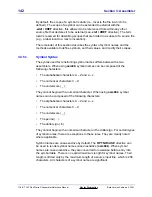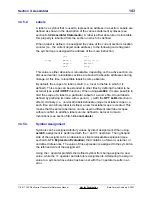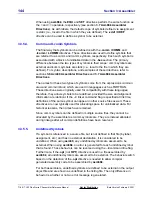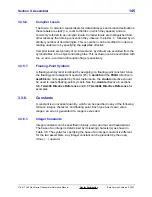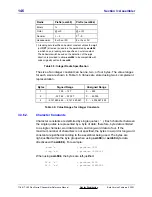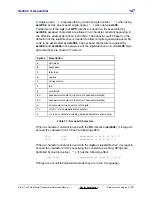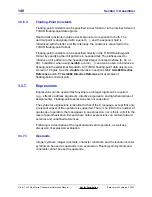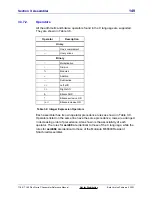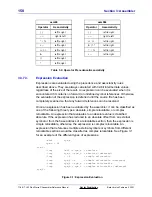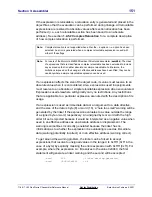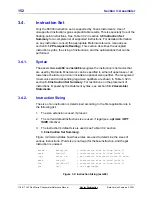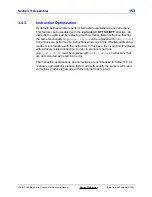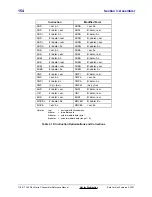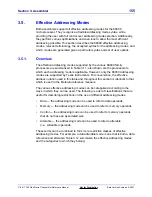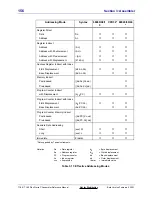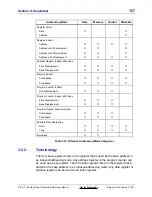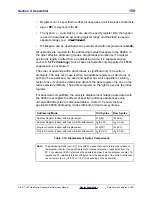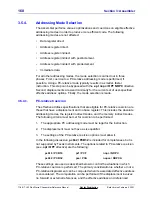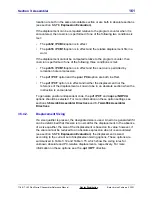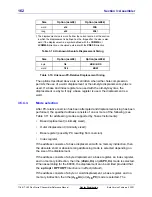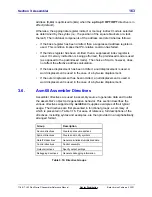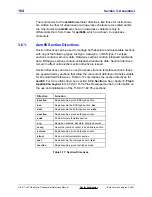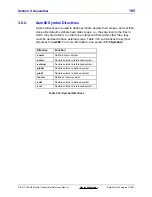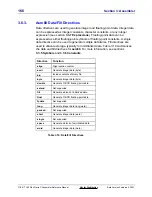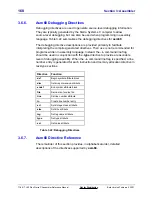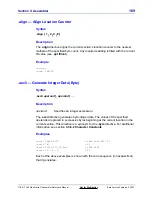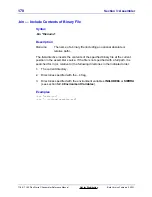
Section 3: Assembler
155
TI
-
89 / TI
-
92 Plus Sierra C Assembler Reference Manual
Not for Distribution
Beta Version February 2, 2001
3.5.
Effective Addressing Modes
Both assemblers support all effective addressing modes for the 68000
microprocessor. They recognize a flexible addressing mode syntax, while
providing the user with full control over addressing mode selection. Additionally,
they perform various optimizations and coercions to allow the most efficient
addressing possible. This section describes the 68000 effective addressing
modes, relevant terminology, the accepted syntax for the addressing modes, and
which modes are generated given a particular syntax and set of user options.
3.5.1. Overview
The effective addressing modes supported by the various 68000 family
processors are summarized in Table 3.11; also shown are the processors to
which each addressing mode is applicable. However, only the 68000 addressing
modes are supported by Texas Instruments. For convenience, the effective
address notation used in this table and throughout this section is identical to that
which is used in the Motorola reference manuals.
The various effective addressing modes can be categorized according to the
ways in which they can be used. The following is a list of classifications that are
useful for describing restrictions on the use of different addressing modes.
•
Data — the addressing mode can be used to refer to data operands.
•
Memory — the addressing mode can be used to refer to memory operands.
•
Control — the addressing mode can be used to refer to memory operands
that do not have an associated size.
•
Alterable — the addressing mode can be used to refer to alterable
(i.e., writeable) operands.
These terms can be combined to form more restrictive classes of effective
addressing modes. For example, a
data alterable mode is one that is both a data
reference and alterable. Table 3.12 summarize the effective addressing modes
and the categories to which they belong.


